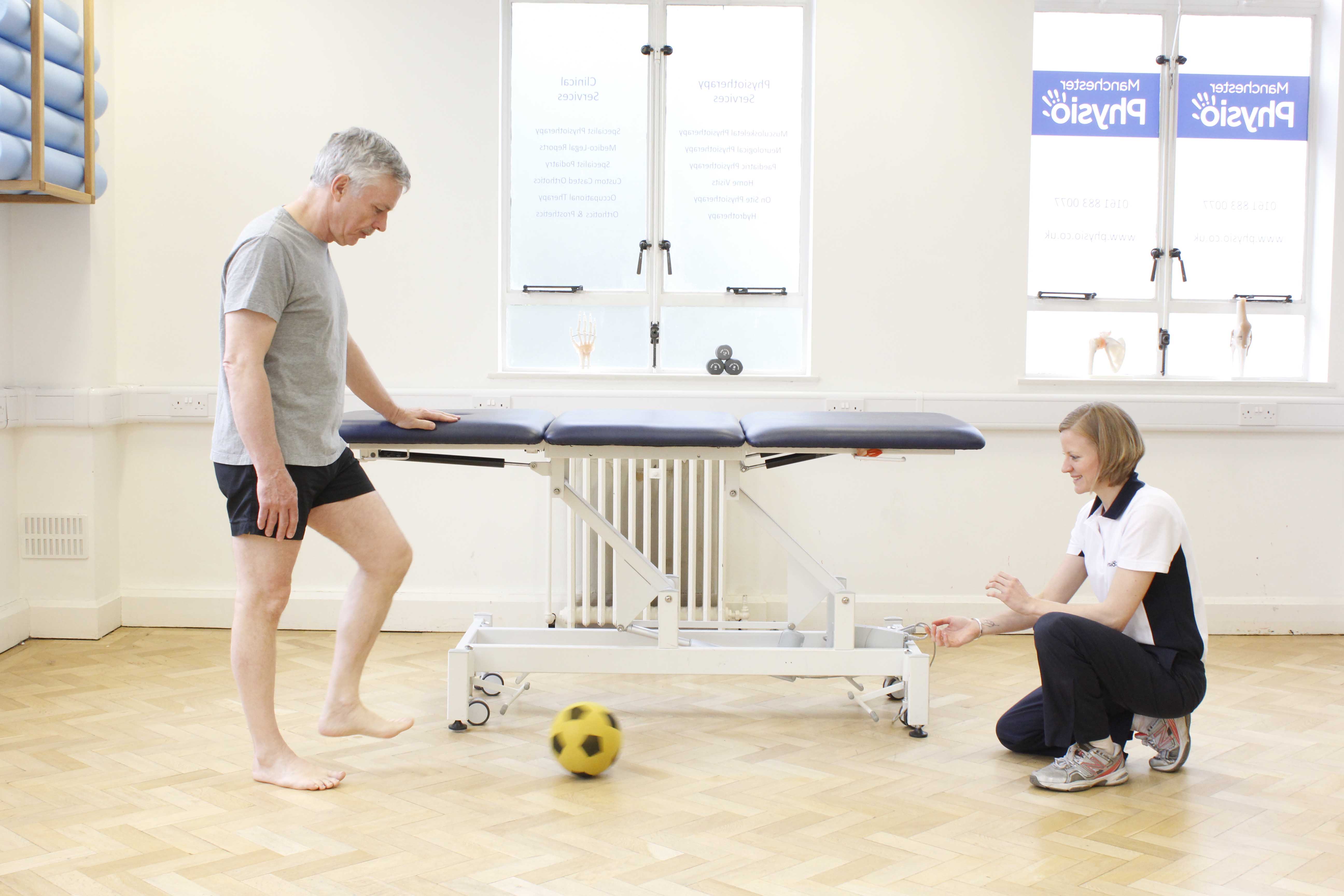nalco group
bone, muscle & joint pain physio
BOOK NOW / WHATSAPP ABOUT YOUR PAIN OR INJURY
- ORCHARD 400 Orchard Road #12-12 Singapore 238875
- TAMPINES 9 Tampines Grande #01-20 Singapore 528735
- SERANGOON 265 Serangoon Central Drive #04-269 Singapore 550265
Home > Blog > Physiotherapy > Conditions By Symptoms > Shortness of Breath
Shortness of Breath
Shortness of breath is when a person feels short of breath. This can be when a person has exerted themselves, or due to a medical condition. Shortness of breath is when a person has a depletion of oxygen, therefore, the body is trying to consume more. This gives the feeling of shortness of breath. Shortness of breath can cause the individual distress, which is also known as Dyspnoea. This is the feeling of finding it difficult to breathe / catch their breath. There are many causes for shortness of breath, many of which go unexplained. Physiotherapy can help to overcome the shortness of breath feeling through a variety of treatment strategies.

Progressive endurance exercises to address low exercises tolerance and shortness of breath
What are the causes of shortness of breath?
The causes of Shortness of breath can be divided into three categories including:
- Lung conditions
- Cardiac conditions
- Other factors
Some of the causes of shortness of breath can include the following:
- Asthma
- Chronic Obstructive Pulmonary Disease (COPD)
- Pneumonia
- Bronchitis
- Congestive heart failure
- Pregnancy
- Overweight
- Periods of immobility
The symptom shortness of breath can be relieved through physiotherapeutic interventions.
How can Physiotherapy help shortness of breath?
Physiotherapy can help the individual overcome the episode of feeling short of breath and help prepare them for any future attacks.
Our senior physiotherapists can help by:
- Offering self-management strategies
- Calming the individual
- Giving the individual the independence to control symptoms
- Offer lifestyle advice
- Offer manual treatments
- Exercise to decrease shortness of breath
- Increase exercise tolerance
What type of Physiotherapy treatments can be expected for shortness of breath?
Physiotherapists from Physio.co.uk can offer a variety of treatments to both adults and children who suffer from shortness of breath, giving them back the independence and control of their symptoms.
Some of the treatments and techniques used are:
- Breathing techniques
- Manual techniques (vibs, percussion)
- Postural drainage
- Lifestyle advice
- Flutter valve
- Incentive Spirometry
- Active Cycle of Breathing Techniques (ACBT)
- Exercise program including clinical Pilates to strengthen the core (which improves exercise and activity tolerance as a whole)
- Cardiovascular exercises
Summary
Shortness of breath is a symptom which can be frightening and leave you feeling a great loss of control over your breathing pattern.
Physiotherapy works alongside you; using techniques and equipment to aid clear the secretions of your chest and help establish a controlled natural breathing pattern.
For an experienced physiotherapy appointment, please contact us.
